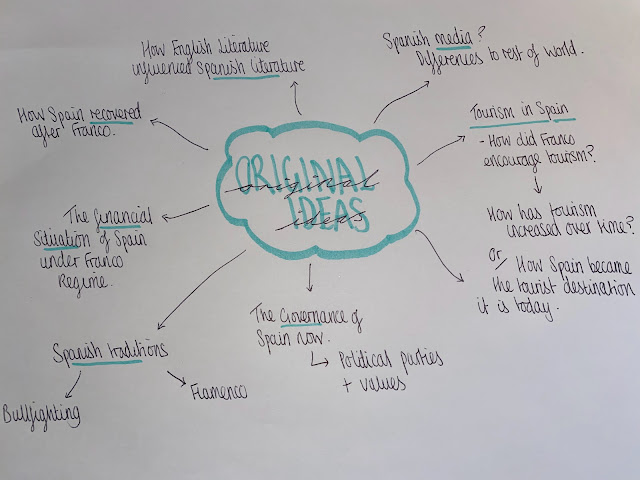"The Social and Economic Impacts of Bullfighting in the Tourism Sector"
This week, I found an article investigating the economic and social benefits that bullfighting has in the tourism sector in Spain.
Firstly, the investigation explains that the bullfighting has emerged as its own form of tourism, called El Taurismo. One form of this is visiting a farm to see the "day to day life" of the bull. The ecosystem where it lives and breeds offers an insight into the true life of the bull. The other type of El Taurismo is the bullfights and bullfighting museums.
El Taurismo has enabled many companies to dedicate themselves to bullfghting:
- Aprende de Toros: Located in Cadiz, this company specialises in organizing "experiences with brave bulls". They are dedicated 100% to bullfights and the industry. They even offer the opportunity to approach the bullfighter and bull in farms. They offer other various activities such as a horse riding class.
- Turitoros: A company that offers packages for a day, weekend or multiple days to visit a bull in Andalusia and Castilla y Leon. They mainly offer packages in Extremadura as there are over 100 bull ranches making them a pioneer in this type of tourism.
Source Evaluation:
I found it useful for telling me about the opinion of Spanish people and also some traditions in Spain. It is reliable in the sense that it gives accurate information and is from this year, however it could possibly be biased because it doesn't mention any negative sides to bullfighting being a part of Spanish culture. I will remain aware of this as I assess this information. This dissertation was interesting because it gave information on the way bullfighting is a huge industry, not just the physical fight its self. It gave me a broader understanding of the business side to this national symbol and answered my question as to whether bullfighting does benefit the economy or not; it does (while it is not a huge industry such as football, it still generates a considerable amount of money for the country). I have also understood that, even though there is opposition to bullfighting, it still attracts tourism and interest.
Furthermore, for the source that indicates bullfighting is subsidised, I think this is useful as it is evidence of the remaining support of the sport. The website is a magasine website, focusing on protecting animal rights, so this would indicate that perhaps they are slightly persuasive. Therefore I would like to research into their claims more in the future. This source benefitted me because it has introduced me to a new idea.
http://repositori.uji.es/xmlui/bitstream/handle/10234/177302/TFG_2018_Almela_Cantos_Marta.pdf?sequence=1 , Marta Almela Cantos, 2018 accessed 1 Dec 2021.
https://www.eurogroupforanimals.org/news/spanish-bullfighting-financed-eu-130-million-eus-cap, EuroGroup for Animals, Accessed 1 Dec 2021.

Comments
Post a Comment